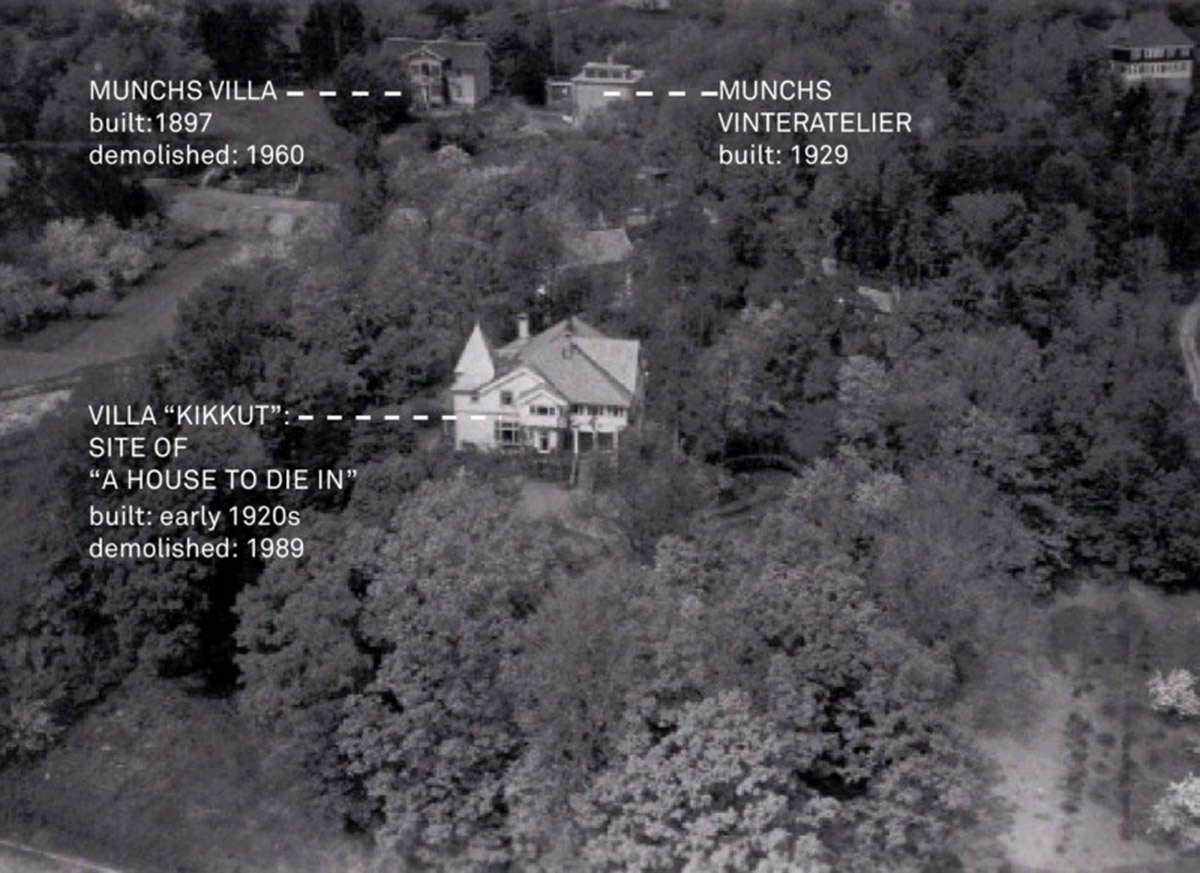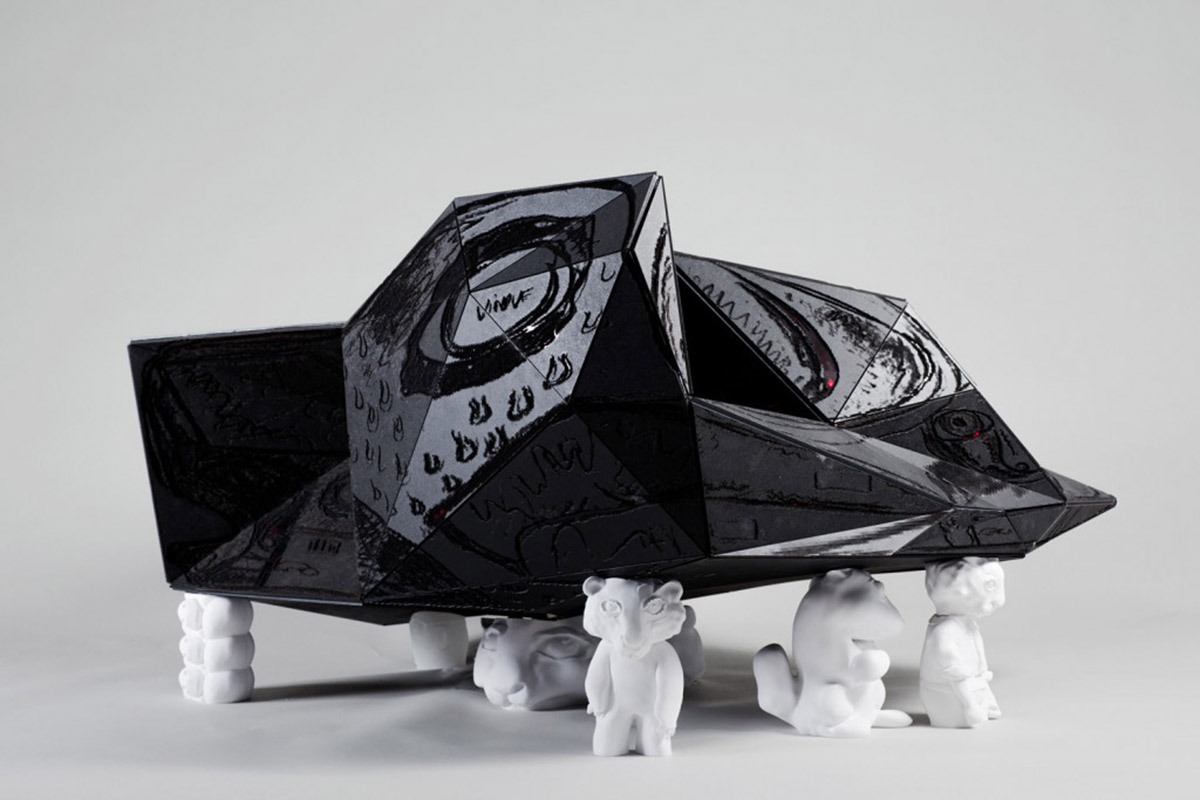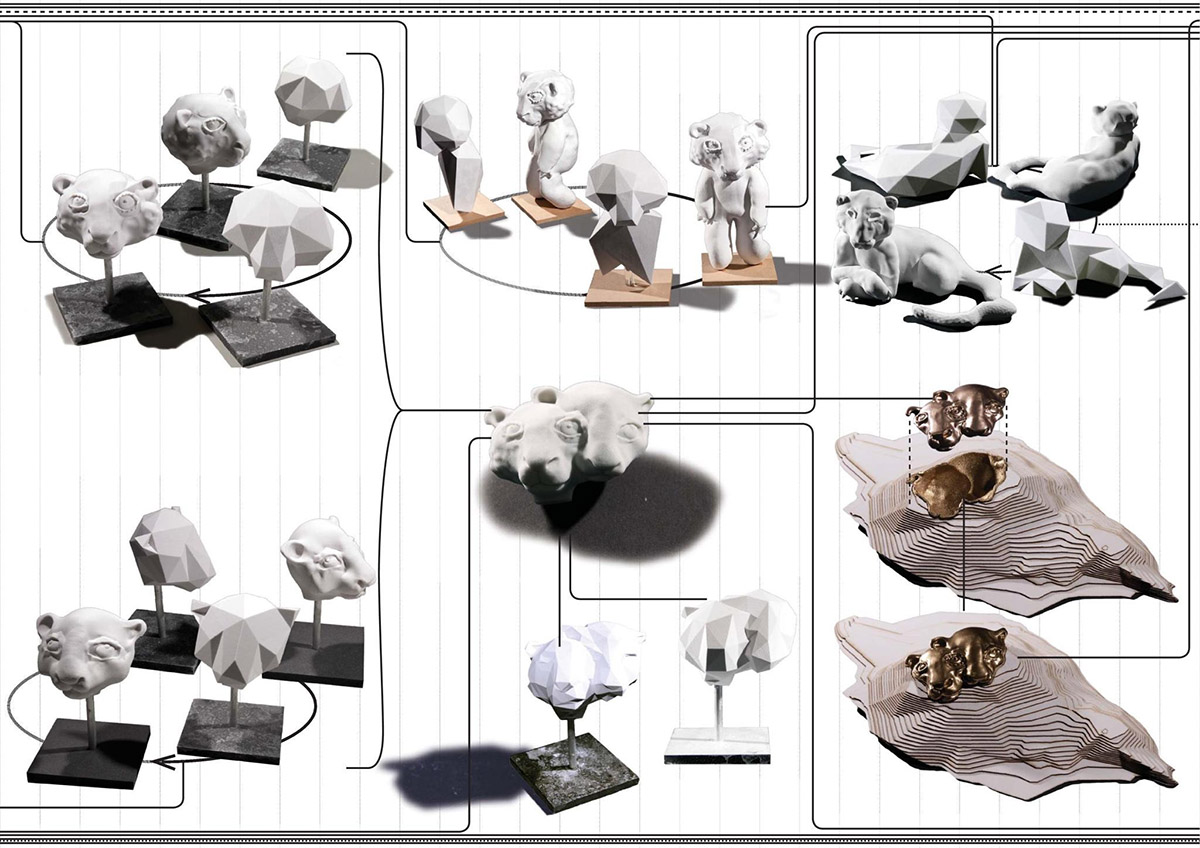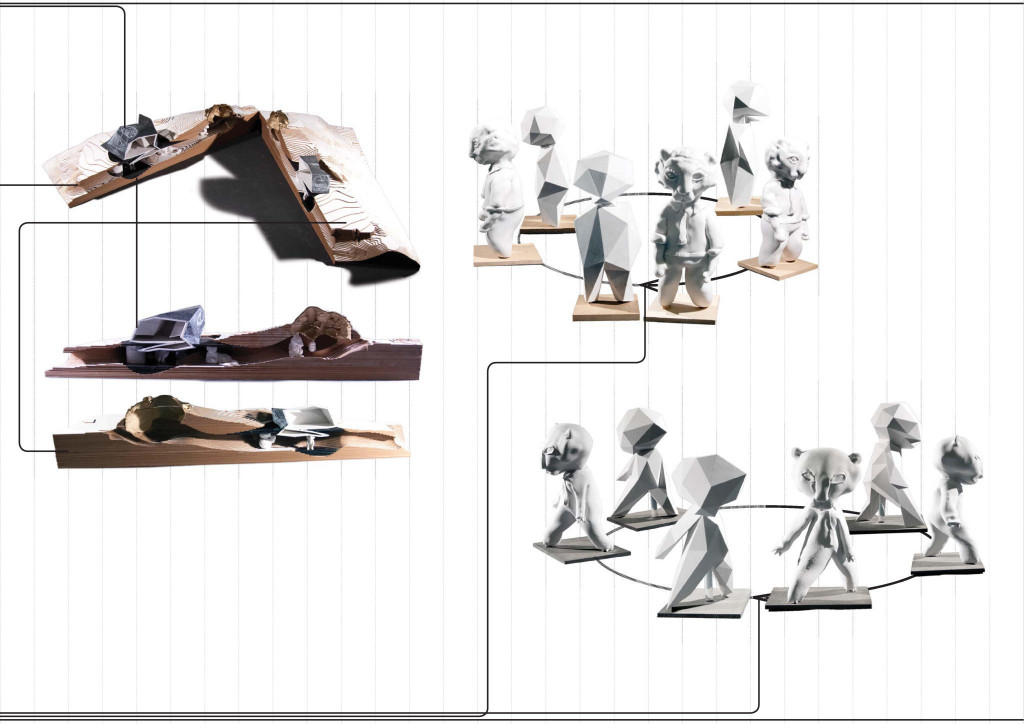Submitted by WA Contents
Fate of Snøhetta's ufo-like artist house relies on the decision of Norwegian local authorities
Norway Architecture News - Aug 30, 2018 - 05:53 17556 views

The fate of Snøhetta's ufo-like artist house will rely on the decision of Norwegian local authorities, reports The New York Times. The last decision will be made with a final vote by the Oslo City Council next Wednesday whether the house will be built in Oslo or not.
Although the house had already received a planning permission from local and national preservation authorities, many artists and preservationists have rejected the project, arguing that the construction of the house could overshadow the legacy of Munch, who is known as Norway’s best-known artist and the painter of "The Scream."
Called A House to Die In, the house was designed in 2011 for the Norwegian contemporary artist Bjarne Melgaard, who also wanted to use the house as his atelier. When Melgaard approached to Olav and Frederik Selvaag, founders of the family-run construction and real estate company, he come to brothers with the idea of making a sculpture that would double as a house.

Image © MIR and Snøhetta
Then, Snøhetta involved in the project process later, the studio designed a truly sculptural house, featuring a black crystallized form raised above poles of white animal-shaped sculptures.
Transfroming Melgaard’s art into architecture with a meticulous digital process, the house is made up of shaping digital models consisting of a small-scaled triangular pattern. Snøhetta models selected Melgaard drawings before initiating a reduction process of the models to achieve buildable shapes.
But, the decision whether it will continue the construction or not did not related to the house's overall form or its extraordinary outer look. The problem was its location.

Image courtesy of Snøhetta
The Selvaag brothers suggested a plot in Kikkut, and the plot has been owned by the Selvaag family for decades on the west side of Oslo. They thought it can be a good location for the Melgaard house.
"The choice of the plot comes naturally as the area is already an artistic hub thanks to its proximity to the art colony Ekely and Edvard Munch’s former home and atelier," said Snøhetta in its project description.
"Nothing has been built on the plot since the villa that used to adorn the plot was demolished in 1989. The Selvaag brothers see a good opportunity to realize an ambitious art project on behalf of an artist that they have followed for a long time."

Image © Thomas Ekstrom
"We want the site where the death house was intended to be placed to remain a green area for the benefit of the local population, and we encourages Bjarne to find a new site for the project," said city councillors from the Labour, Socialist Left, Green, and Progress Party in a joint statement, reported by Norwegian newspaper The Local.
The New York Times also reported that as Melgaard is known for exploring sexual and drug-related themes in his work, he is sometimes described "as the enfant terrible of Norwegian art."
On the other hand, Mr. Melgaard stated that his homosexual identity played an important role for the rejection of the project as the Norwegians are partly fueled by homophobia.

Image courtesy of Snøhetta
Snøhetta digitally removed a large number of the triangles from the 3D model, creating a rougher and more geometrical pattern. Then the façades of the house took shape.
"The house has become a physical, triangular wooden house resting on poles of white animal-shaped sculptures. For the first time, Melgaard’s art describes an architectural space and expression," stated the studio.

Image courtesy of Snøhetta
Melgaard’s drawings are largely projected back onto the geometrical façades. The colors translate into imprints that are cast back onto the façades. While subtle and translucent colors provide a light imprint into the façades, saturated colors break through the material entirely, inviting light into the building. For the first time, the architecture describes an artistic expression.
On the inside of the building, Melgaard’s artistic universe and home concept complement each other perfectly. While one of the rooms could function both as swimming pool and dining room, another could function as workspace and spa. These untraditional pairings are a direct symbol of how conventions are prevented from influencing the building’s usage or design.
Snøhetta's overhaul for Philip Johnson’s 1980s Postmodern Tower in New York received a wide criticism from architects, preservationists and historians in November last year. Then earlier this month, the AT&T Building has been given "individual landmark" status by New York's Landmarks Preservation Commission (LPC).
Top image © MIR and Snøhetta
> via Snøhetta
